Do you love watching birds, only to be disappointed when your feeder remains empty? Don't worry, you're not alone. Many bird enthusiasts struggle to attract feathered friends to their backyard feeders. In this blog post, we'll explore common reasons why birds might be steering clear of your feeder and share practical tips and tricks to transform your backyard into a bustling avian haven.
1. The Wrong Menu: Birds Have Food Preferences Too
The first thing to consider is the type of bird food you're offering. While cardinals and blue jays might love seeds, many other bird species have different dietary needs.
- Understanding Different Bird Diets:Seed-Eaters: Finches, cardinals, and jays enjoy black oil sunflower seeds, safflower seeds, and Nyjer seeds (a goldfinch favorite).Insect-Eaters: Woodpeckers and chickadees are drawn to suet (rendered fat mixed with seeds or grains) and mealworms.Fruit-Eaters: Robins and waxwings appreciate fruits (like sliced apples or grapes) and berries.Hummingbirds: These tiny dynamos exclusively feed on nectar. Use a dedicated hummingbird feeder and nectar solution.
- Seed-Eaters: Finches, cardinals, and jays enjoy black oil sunflower seeds, safflower seeds, and Nyjer seeds (a goldfinch favorite).
- Insect-Eaters: Woodpeckers and chickadees are drawn to suet (rendered fat mixed with seeds or grains) and mealworms.
- Fruit-Eaters: Robins and waxwings appreciate fruits (like sliced apples or grapes) and berries.
- Hummingbirds: These tiny dynamos exclusively feed on nectar. Use a dedicated hummingbird feeder and nectar solution.
- Offer a Variety of Food Sources: To attract a diverse range of bird species, offering a variety of foods is key. You can try mixed birdseed blends or set up multiple feeders with different types of food.
- Homemade Bird Food is Also a Hit: Besides store-bought blends, homemade bird food is a great option. A popular recipe is a mix of 90% black oil sunflower seeds and 10% mealworms. This combination offers high protein and fat content, appealing to many bird species.
2. Poor Feeder Placement: Safety and Visibility are Paramount
Beyond the right food, the placement of your feeder is crucial for attracting birds.
- Choose Quiet, Sheltered Locations: Birds prefer feeders located in quiet, sheltered areas, away from potential predators like cats or hawks. Avoid placing them in high-traffic areas or spots with frequent human activity.
- Ensure Visibility and Safety: The feeder needs to be visible to birds flying overhead. However, be mindful of window reflections, which can lead to bird collisions. If your feeder is near a window, consider using window decals or other bird-strike prevention methods.
- Proximity to Natural Cover: Placing your feeder near trees or bushes provides birds with a place to rest, hide, and feel secure before and after feeding.
3. Neglected Hygiene: A Clean Feeder is a Healthy Feeder
A dirty feeder can harbor bacteria and mold, which can make birds sick and deter them from visiting.
- Clean Regularly: It's essential to clean your feeder regularly. The frequency depends on the weather and usage, but a general guideline is at least once a week.
- Proper Cleaning Method:Empty any remaining food from the feeder.Scrub the feeder thoroughly, inside and out, with a solution of one part bleach to nine parts water.Rinse thoroughly with clean water to remove all bleach residue.Ensure the feeder is completely dry before refilling it with fresh food.
- Empty any remaining food from the feeder.
- Scrub the feeder thoroughly, inside and out, with a solution of one part bleach to nine parts water.
- Rinse thoroughly with clean water to remove all bleach residue.
- Ensure the feeder is completely dry before refilling it with fresh food.
4. Lack of Patience: Give Birds Time to Discover Your Offering
Attracting birds to your feeder can take time. Don't get discouraged if they don't show up immediately.
- Adjustment Period to a New Environment: Birds need time to discover your feeder and learn that it's a safe and reliable food source.
- Keep the Feeder Consistently Stocked: Especially in the beginning, ensure the feeder is consistently filled with fresh food. This encourages them to make it a regular stop.
- Seasonal Factors: Birds may be more readily attracted to feeders during certain seasons, such as winter when natural food sources are scarce.
5. Overlooking the Importance of Water
In addition to food, a clean water source is equally important for birds, especially during dry, hot weather or when natural water sources freeze in winter.
- Provide a Shallow Water Dish: Set up a shallow bird bath or dish to provide birds with water for drinking and bathing.
- Keep the Water Clean: Change the water regularly and clean the bird bath to prevent algae and bacteria growth.
Conclusion: Creating a Bird Paradise with Care and Patience
Attracting birds to your backyard feeder is a fun and rewarding hobby, but it does require a bit of effort and patience. By providing the right type of food, choosing a safe and visible location, keeping your feeder clean, offering a water source, and being patient, you'll soon be enjoying the delightful company of your feathered friends.


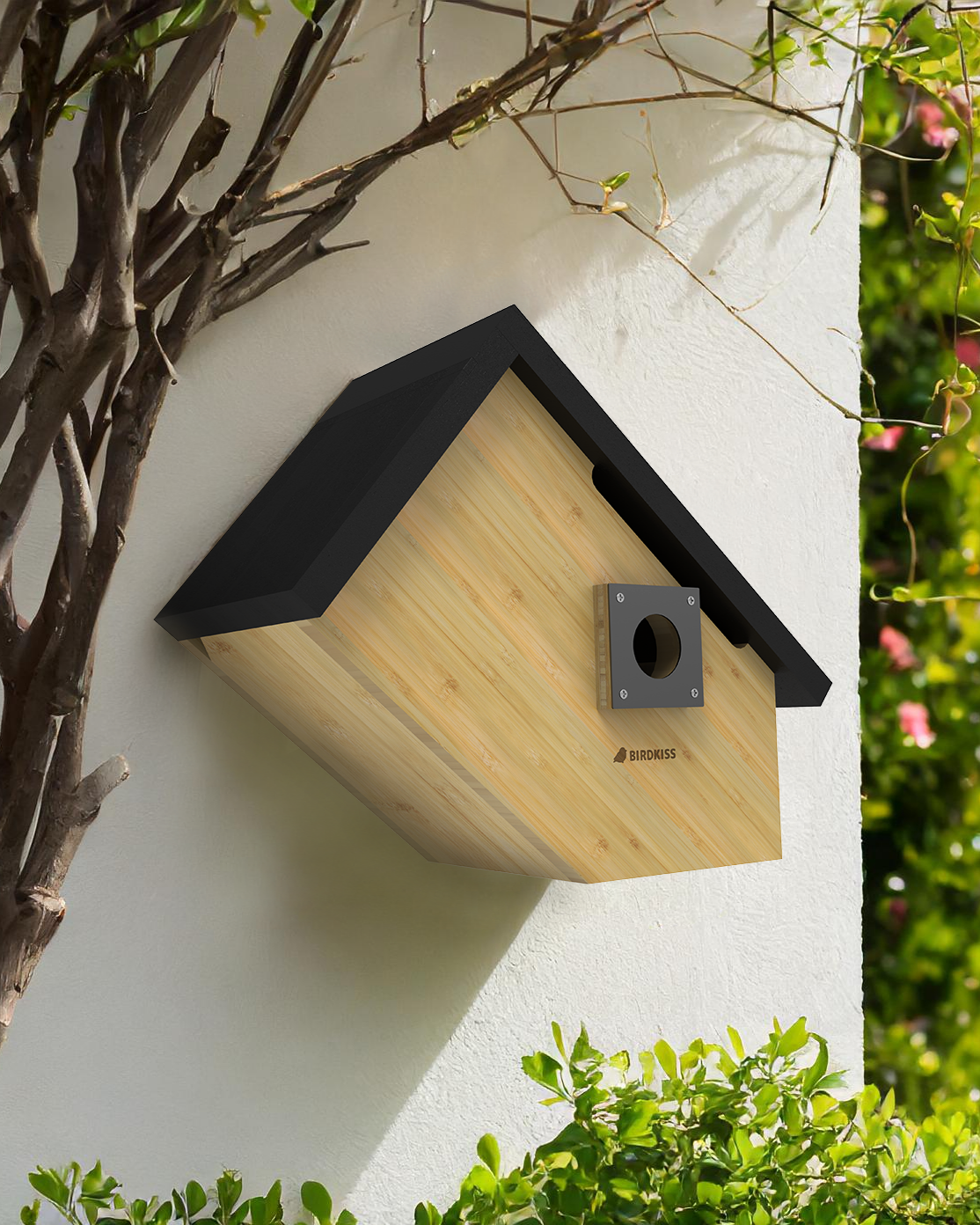
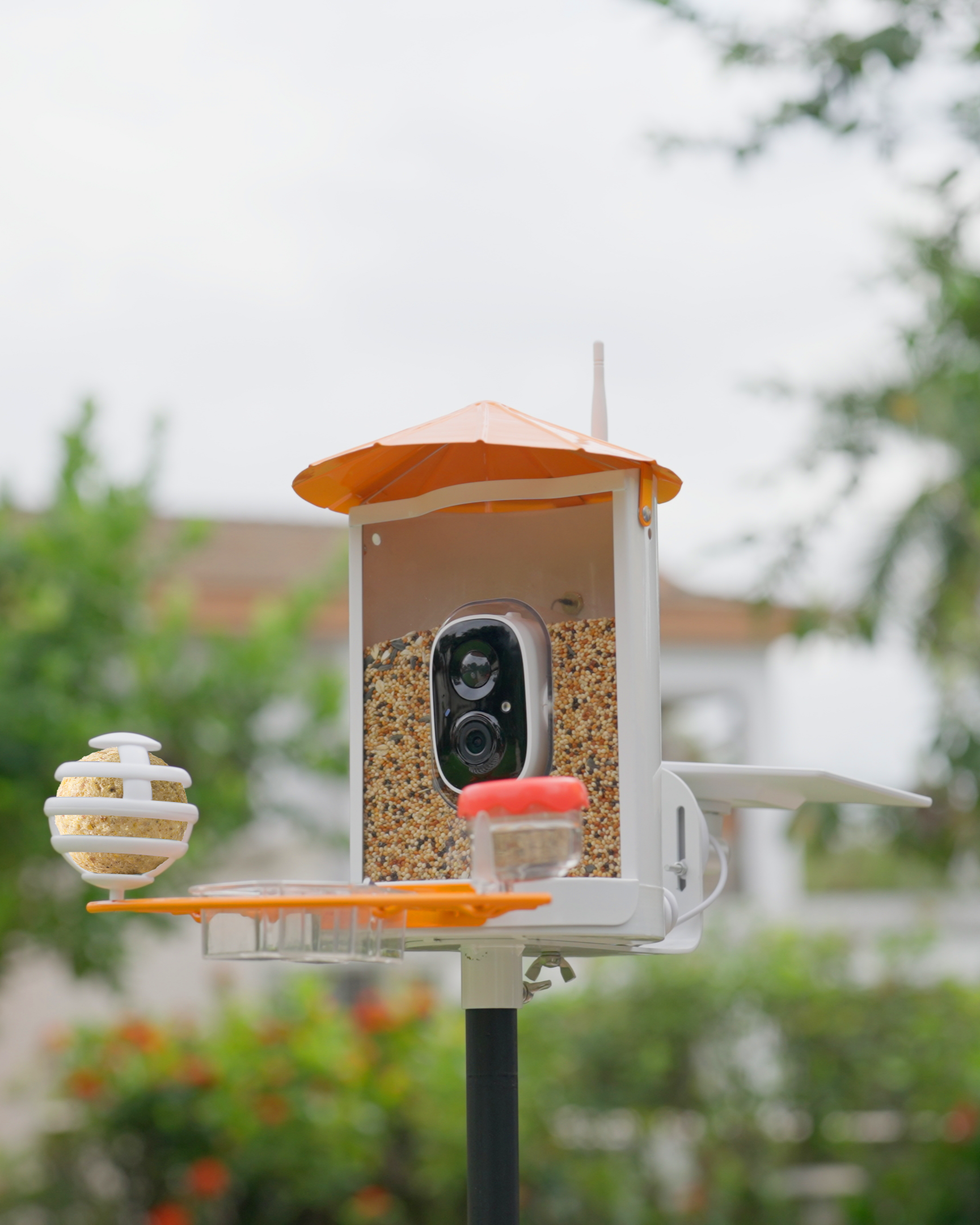
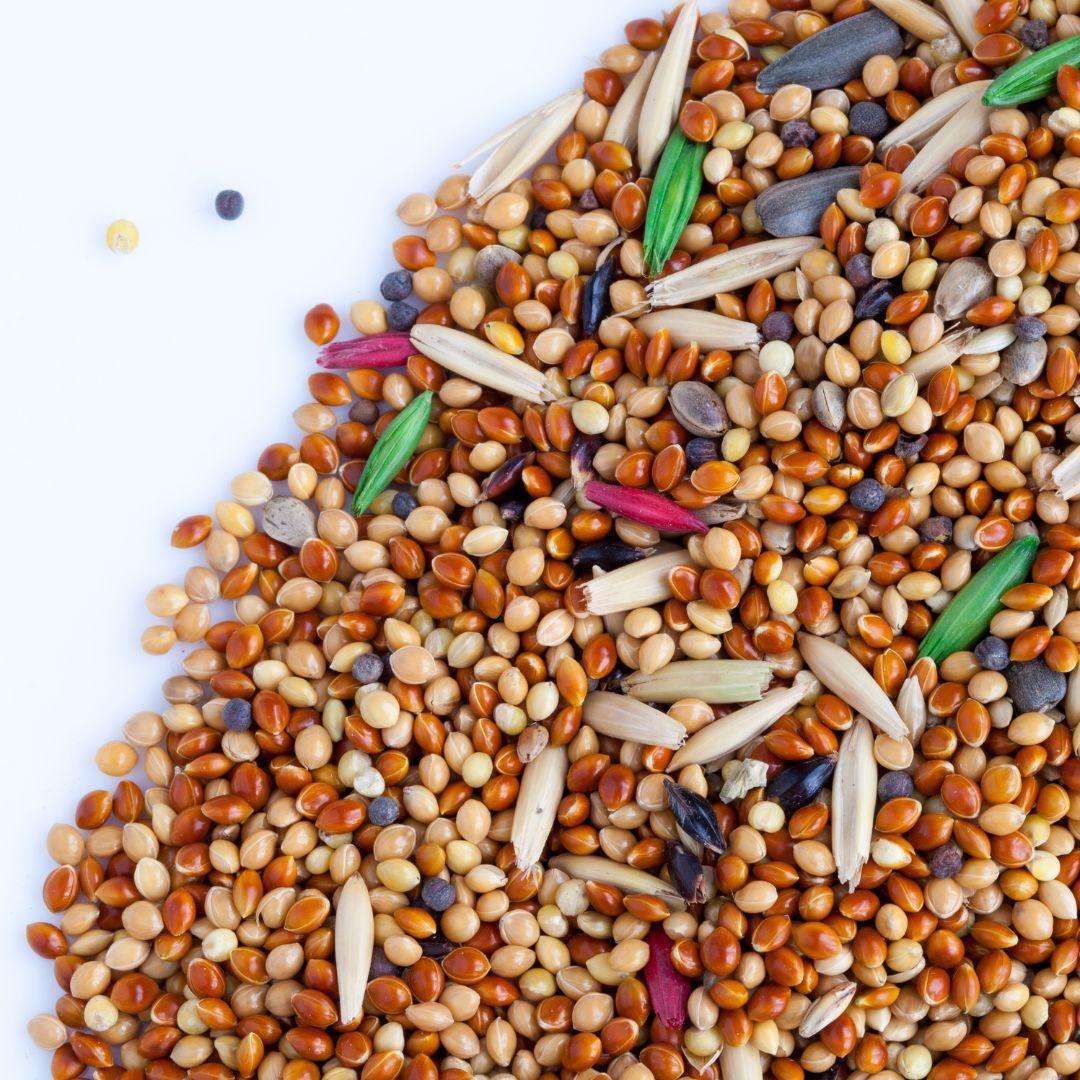
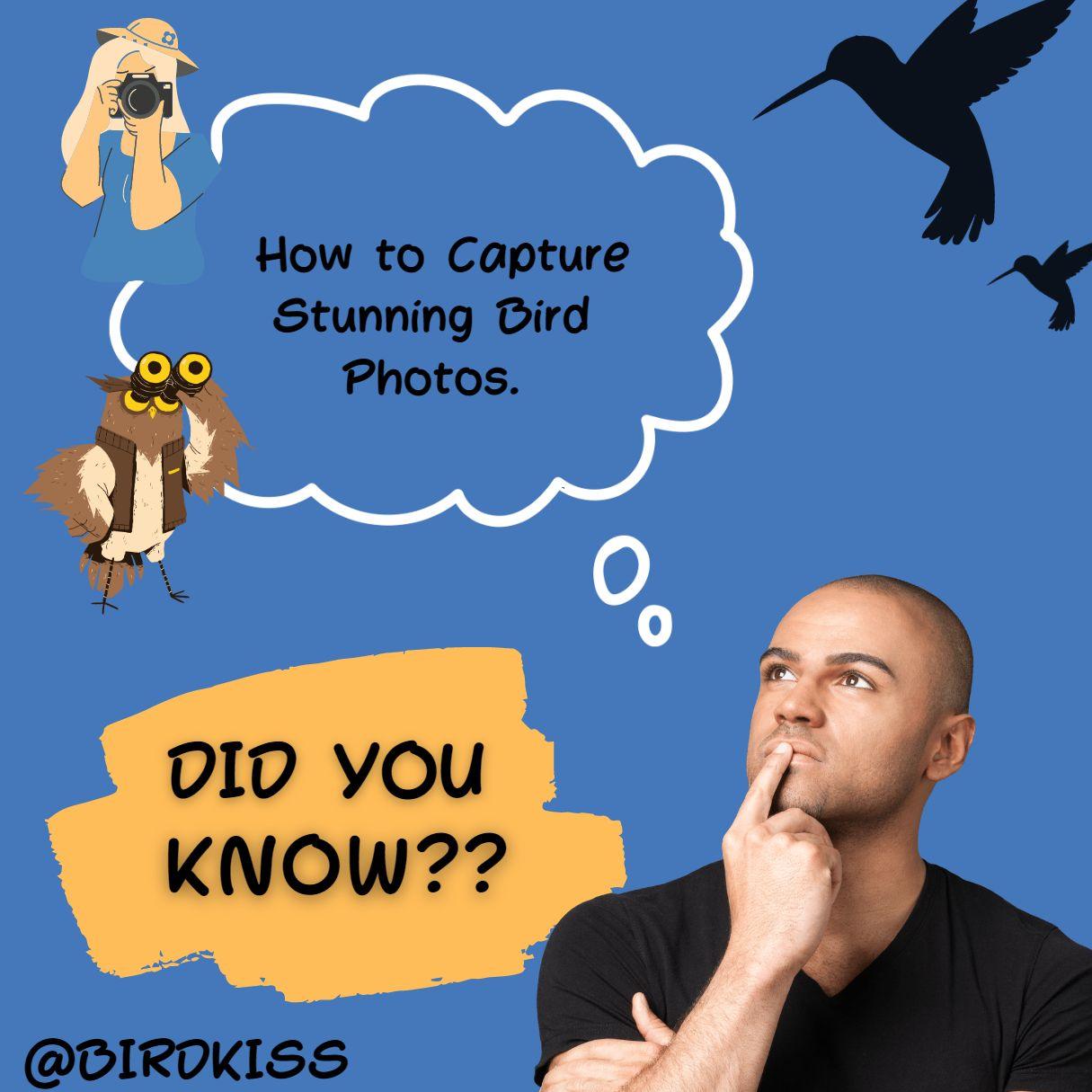
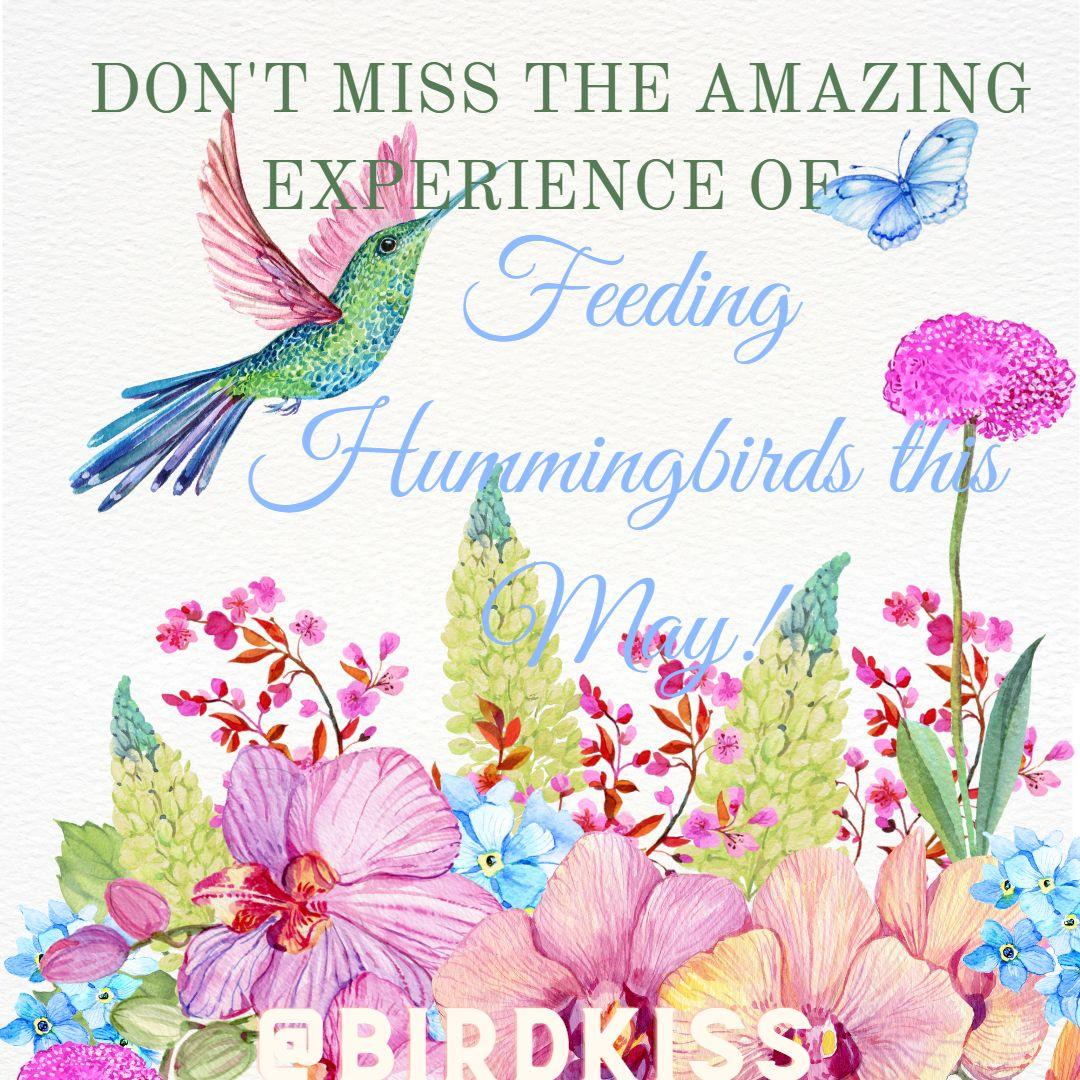
Leave a comment
All comments are moderated before being published.
This site is protected by hCaptcha and the hCaptcha Privacy Policy and Terms of Service apply.